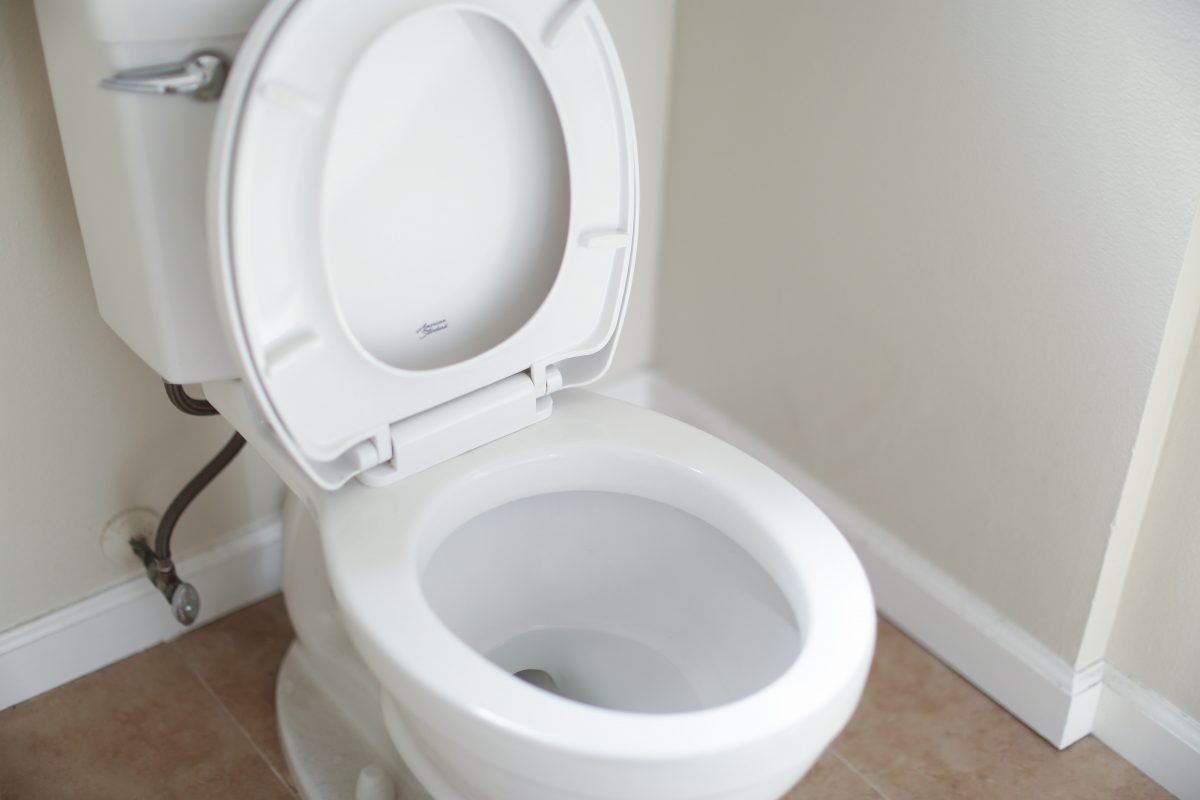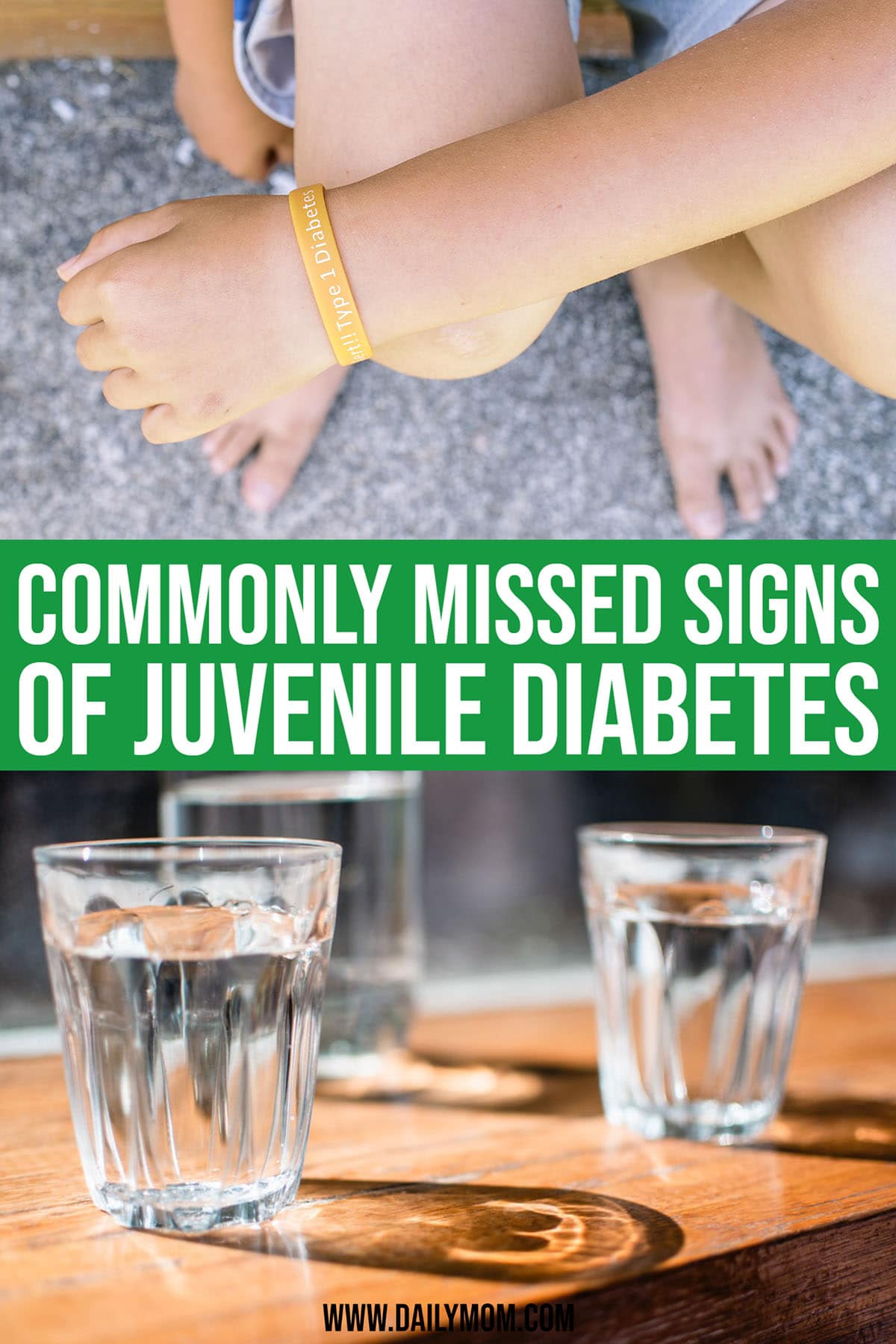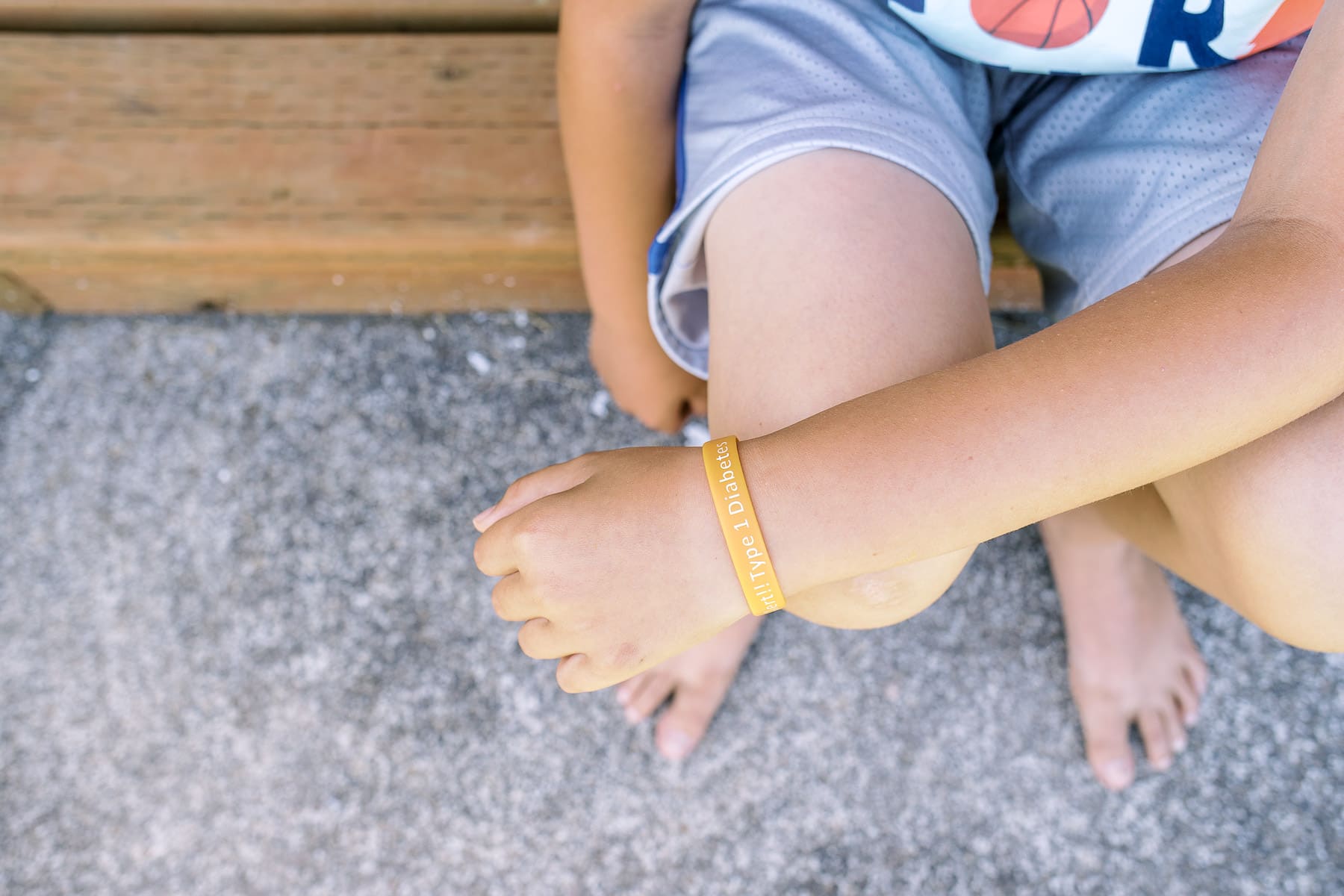Let’s be honest. Kids are kids. They get into things, get sick, and then they get better. After going through this routine over and over parents learn to not sweat the small stuff and relax as they become more experienced with nursing their children through ailments. We never really think to ask ourselves if we see the signs of diabetes in children. But there are some symptoms that need more concern than others. Educating ourselves on which symptoms are red flags and which are not a severe concern is something all parents should arm themselves with.
First off, let’s make sure we know the difference between Type 1 Diabetes (often known as Juvenile Diabetes) and Type 2 Diabetes.
Type 1 Diabetes is an autoimmune disease that affects the pancreas. The insulin-producing cells are wiped out by the body’s immune system causing the pancreas to be nonfunctional. Although, it’s most commonly diagnosed in children it is not exclusive to them. Many adults are diagnosed with Type 1 as well so the name itself can be misleading. Type 1 diabetics typically have a genetic component to their diagnosis and are dependant on insulin through injections or a pump to survive. Unlike Type 2 Diabetes, there is currently no cure.
Type 2 Diabetes is more often a result of behavior and food choices. It is classified as a metabolic disorder and not autoimmune. What happens in Type 2 cases is a person’s pancreas still produces insulin but can’t use it effectively. Diet, exercise, and medication are used to treat or even cure the symptoms and only patients with severe cases need insulin.
Though they share similarities in name, the two diseases are not the same at all.
Read More: 5 Common Misconceptions About Type 1 Diabetes
Our bodies need constant insulin, whether naturally from our body’s production or synthetically through injection, to remain functional and well. Without it we run the risk of falling into a coma, passing out, and several other very serious inflictions. When it comes to diabetes in children, knowing these telltale signs can easily save their life.
Constant thirst and Frequent urination:

It’s easy to brush this one off if your child is constantly thirsty then they’re constantly drinking which obviously results in more bathroom trips, right?
But if your child is going more frequently than normal (for example 3 or more times an hour) it may be their body telling you that they have excess sugar in their blood. The kidneys in turn will do everything they can to get rid of it, hence the numerous restroom visits. The resulting dehydration can also cause extreme thirst (among other problems such as dizziness, nausea, and vision blurring), and round and round the cycle goes until YOU stop it with a doctor’s visit.
Nausea and/or Vomiting
Don’t let flu season fool you. If your child is nauseated for longer than a few days without fever and is vomiting more than once per day, make sure you’re watching all of their symptoms to double-check they don’t meet others from this list as well.
Extreme fatigue

When your body is working overtime trying to get the pancreas to function as well pushing the kidneys to remove the excess sugar that hasn’t been taken care of with naturally produced insulin it causes extreme fatigue. If you notice that your once active child is now disinterested in playing or even if they’re attempting to sleep more often than normal, make sure you’re keeping an eye on them. Diabetes in children can often start with this symptom and become increasingly more severe.
Weight loss
When your kidneys sense overflows of sugar (also called glucose) it will desperately try to flush it out by making you urinate. The problem is that the sugar that it flushes out when you pee takes most of those calories with it. This is the reason why many people with high blood sugar lose weight so rapidly. Not to mention the dehydration that comes in to play.
Hungry all the time
Yes, growing children tend to eat quite a bit but if your child is constantly eating and is still hungry and tired, there may be a problem. When you have too much sugar in your blood the kidneys have to work much, much harder to attempt to flush it out. Most of those calories are either flushed out with the sugar in their urine or goes towards helping the kidneys get rid of it. In both scenarios those calories don’t go towards fueling the rest of the body, leaving your child ravenous even after a meal.

Stomach Pain
When your blood sugar is too high for too long it can cause nerve damage and can even impair the blood vessels that supply them with oxygen. Often times when you see diabetes in children, these nerves can cause horrible pains in their stomach and make for some very uncomfortable days. While this symptom on its own may not be very alarming, when paired with others it can be a major sign.
Read More: Know What Sugars are Hiding in Your Child’s Snacks
Blurred vision

High blood sugar causes the lens of the eye to swell, which changes your ability to see. This may be a temporary ailment but is a telltale sign of diabetes in children as their blood sugar levels should never be high enough to cause this severe symptom. To correct blurring in vision, their levels will need to lower to a safer zone and if kept in a dangerous zone too long, can have lasting effects.
Fruity Smelling Breath
It sounds a little strange but if your child has fruity or sweet-smelling breath and they haven’t just finished eating an orange or a sweet berry of some sort, there is an immediate problem. Our breath has the ability to give us clues as to what is going on in our bodies and this particular odor tells us that the person is nearing ketoacidosis. This means their blood sugar is dangerously high and acidic substances called ketones build up to threatening levels in your body. If not treated immediately, a coma could ensue very rapidly. This is classified as a medical emergency and is a severe symptom of diabetes in children.
Diabetes in children is never expected and it’s important to remember that Type 1 diabetes is not preventable. It is NOT your fault. Unlike, Type 2 Diabetes those diagnosed with Type 1 were likely genetically predisposed to it and regardless of their actions would have the same chances of the disease showing up.
If you are worried that your child may have more than a few of these symptoms it never hurts to get it checked out. The test for diagnosis is extremely simple, uses only a drop of blood from a quick finger prick, and shows results in seconds. As parents, we are always on duty and we see our fair share of symptoms through the years. But knowing which symptoms should raise red flags are consistently worth knowing.
WANT TO READ MORE?
Check out this article on How to Lower Your Blood Sugar Naturally.
💖 NEWSLETTER: DAILY READS IN YOUR INBOX 💖
Sign up to receive our picks for the best things to do, see and buy so you can relax and focus on more important tasks! Let us help you be the best version of yourself you can be!
GET MORE FROM DAILY MOM, PARENTS PORTAL
Newsletter: Daily Mom delivered to you
Facebook: @DailyMomOfficial
Instagram: @DailyMomOfficial | @DailyMomTravel | @BestProductsClub
YouTube: @DailyMomVideos
Pinterest: @DailyMomOfficial
📌 LOVE IT? PIN IT!📌

Photo Credits: www.unsplash.com










































